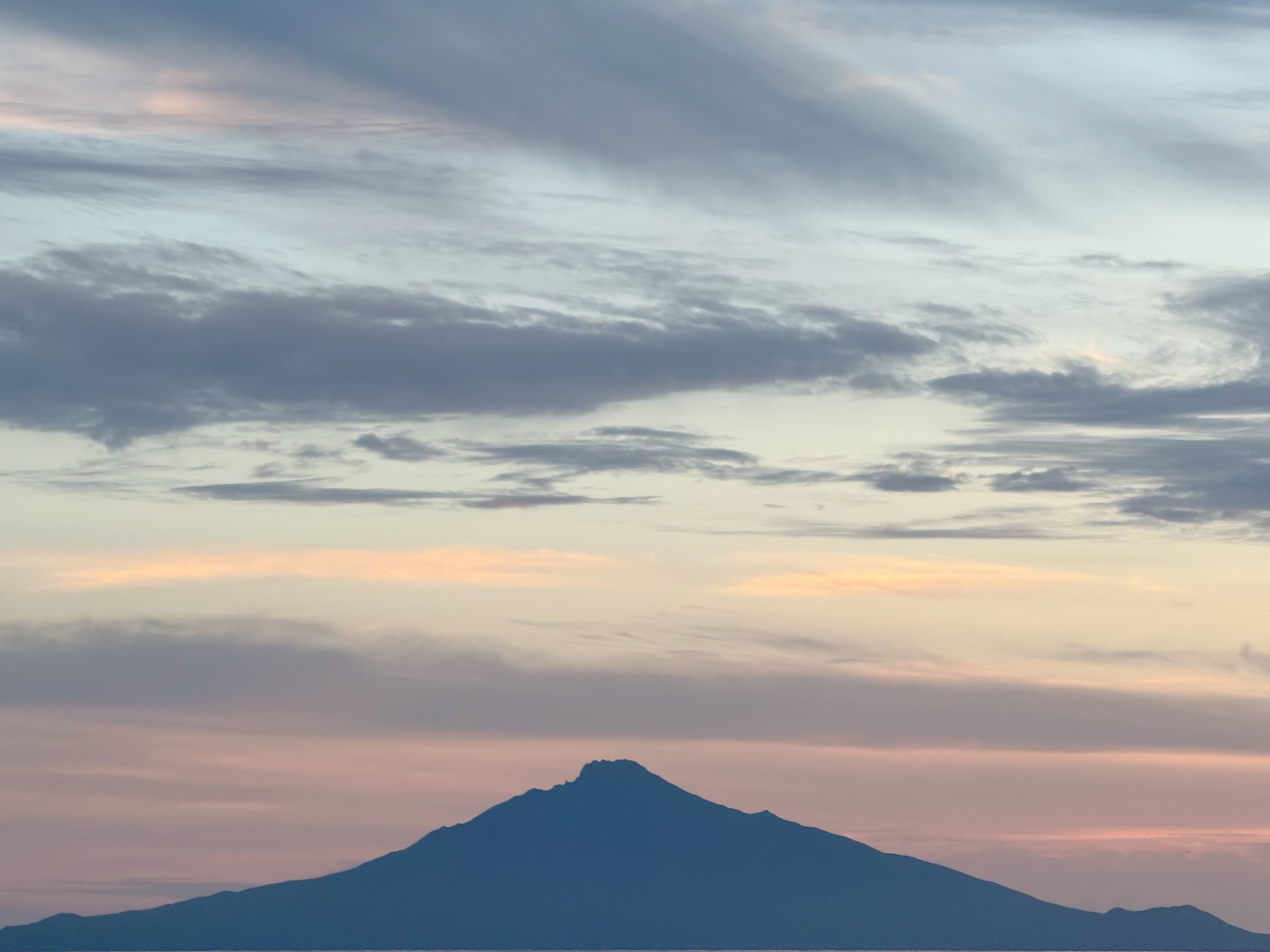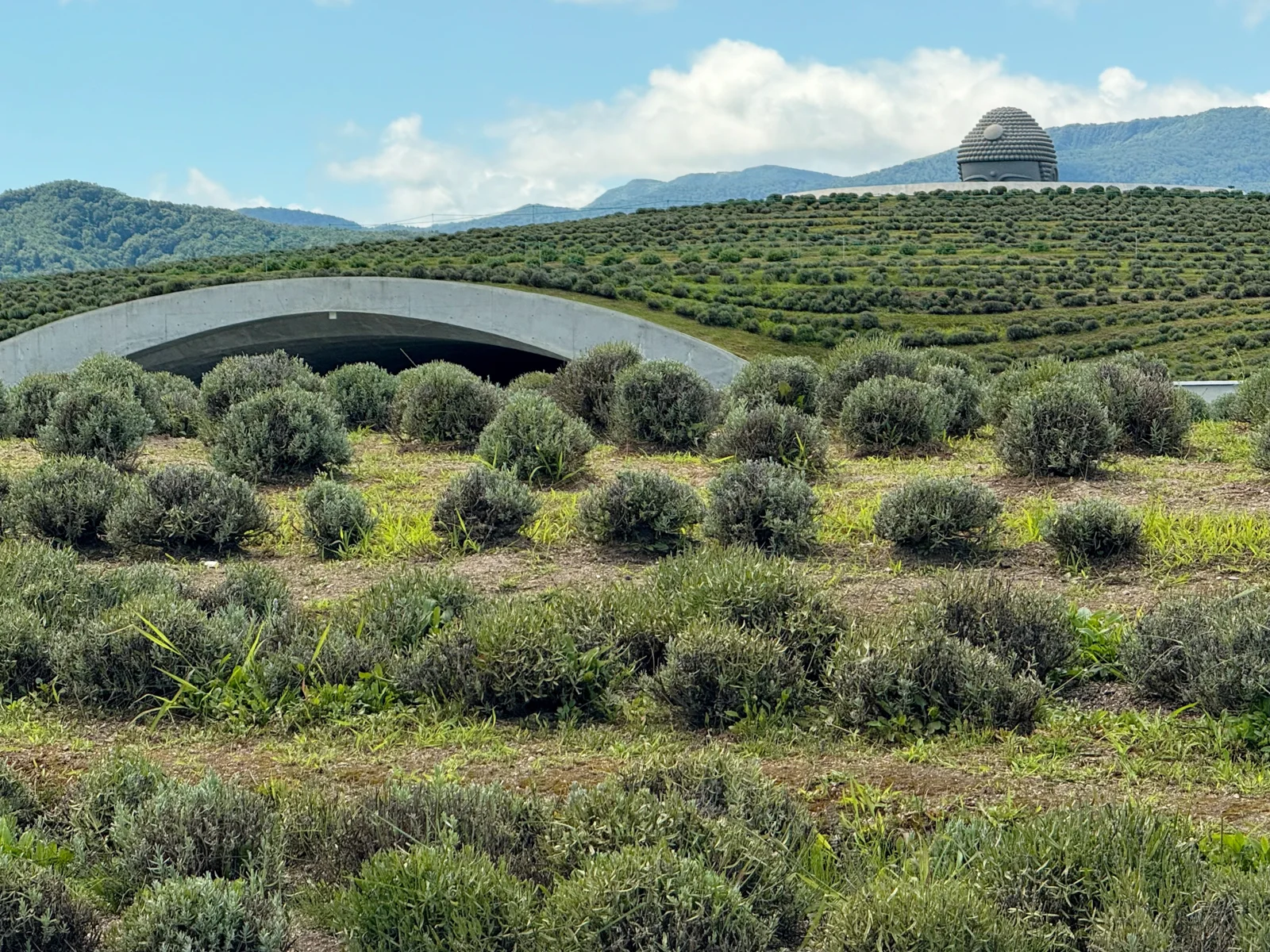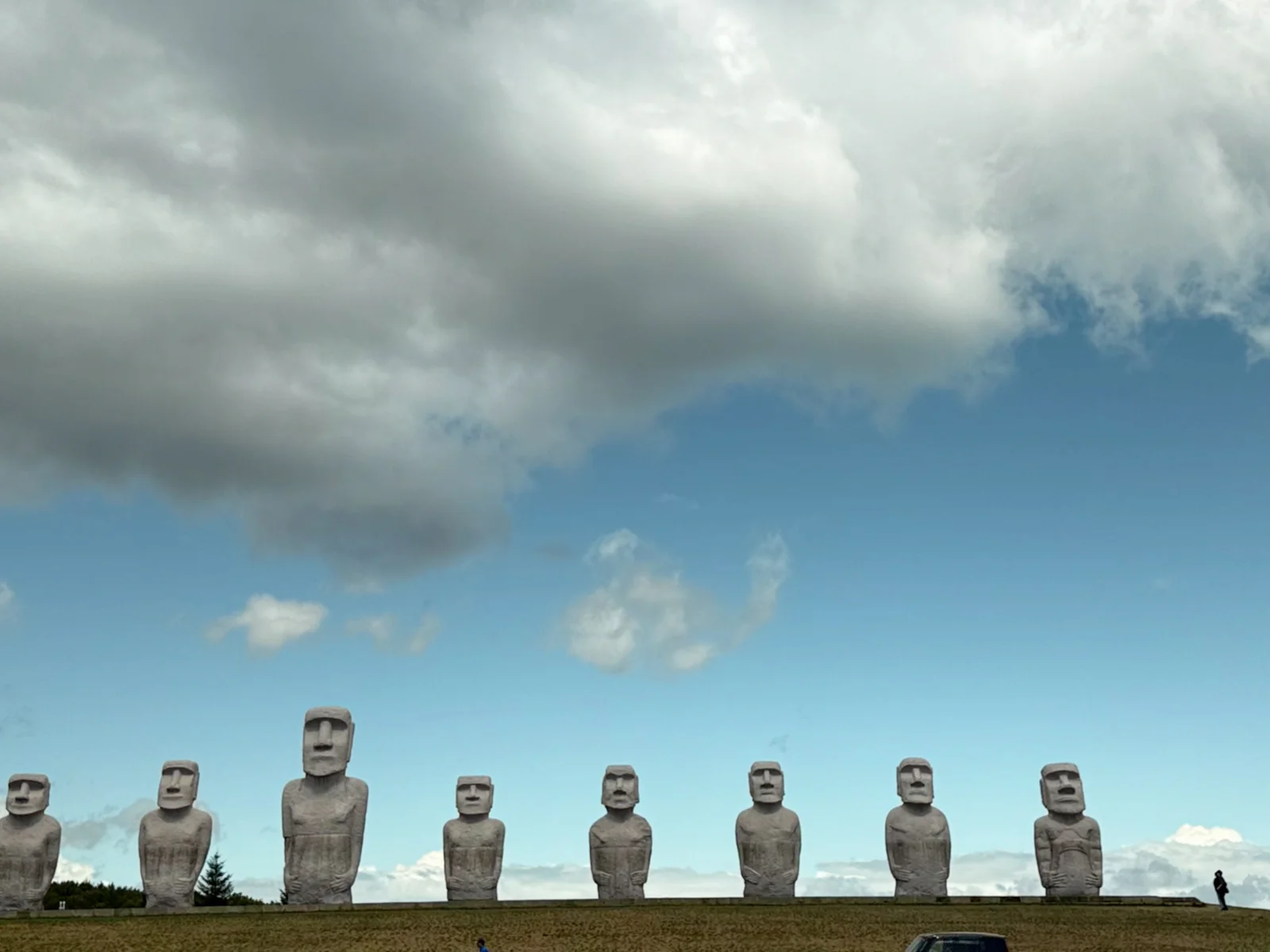Ome: the retro town of classic movie billboards and cats (part 1)
Exploring the city of Ome: the retro movie billboards and advertisements.
In the city of Ome at the western edge of Tokyo Prefecture, there were three movie theaters in the 1950s. At that time, a self-taught artist Kubo Bankan sold his hand-painted movie billboards to a local movie theater Ome Daiei, launching his career as a young billboard artist. Two years later, he became the exclusive billboard artist of the Ome Kinema and Ome Central movie theaters. At his peak, he produced billboards at a rate of one per day.

However, with the advent of television, the movie industry went into decline in the 1970s. All three movie theaters in Ome closed their doors, and Kubo lost his job as a billboard artist.
Things turned around in 1993 with the arrival of “Omejuku Art Festival”. For the first time in about 20 years, Kubo once again created movie billboards that were displayed along the main Ome shopping street as part of the revitalization of the town. New artwork was put on display every three years. Known as the “last great movie billboard master”, Kubo died in February 2018 at the age of 77, but his legacy lived on. Ome has become a tourist destination (but not a busy one at all) with a retro atmosphere where you can see billboards of classic movies and various other Showa-themed artworks on the streets, not only by Kubo but other artists as well. There are two museums exhibiting vintage Showa products and memorabilia, but at the time when I visited there, they were closed due to coronavirus measures.
More recently, the town has also become known for — cats. But I will talk about that in the second part of this article.
Our train has just arrived to Ome Station.
Right when we get off, we can notice something is different from the standard train platform. There are two wooden waiting rooms, with movie billboards on them.

Things get even more cinematic as we go downstairs and walk through the underpass with six huge billboards on the walls.


The artworks on display here aren’t prints, they’re original hand-drawn pieces (although, the majority of other art we will encounter elsewhere are prints).


Now we’re ready to explore the town. Although various movie-themed posters and billboards can be found on different places around the town, most of them are easily seen along Ome Kaido, a very long main avenue. I will just call it Japan’s Hollywood Boulevard (minus the stars on the sidewalk, and minus the pizzerias).



Part of the fun is walking around the streets, not knowing what kind of art you will find around the next corner. Also, interestingly, many of the billboards are not directly related to the movies per se, but are sort of advertisements for shops, using themes from well-known movies.
Like Charlie Chaplin from “Modern Times” advertising an oil shop:

“The Last Days of Pompeii”:


There is a cafe with several movie posters outside:


A stationery store:

There is a small bus stop with a poster for “Bus Stop”, a movie from 1956 starring Marilyn Monroe.

One of the famous actresses from the Showa period:

An advertisement for a soba noodle shop:

And (probably) an onigiri rice ball shop:

Yet another movie poster:

A motorcycle shop:

Even if you don’t speak Japanese, I’m sure you understand what “Yamaha Honda Suzuki Kawasaki” means.

A tribute to the master himself.

While walking around the streets, you will also find unexpected randomness like this:



Even rice vending machines, conveniently placed along the road, an increasingly rare sight in this time and age.

Or a gigantic daruma lurking in the shade:

And just in case you forget where you are, a friendly manhole cover will remind you.

![[Photos] Autumn Colors at Kotokuji Temple](/_next/image?url=https%3A%2F%2Fsgp1.vultrobjects.com%2Fpfj-static%2F2025%2F11%2FIutHLn2g-02.webp&w=3840&q=75)
![[Site Update] Goshuin Collection](/_next/image?url=https%3A%2F%2Fsgp1.vultrobjects.com%2Fpfj-static%2F2025%2F11%2FIMG_3251.webp&w=3840&q=75)
